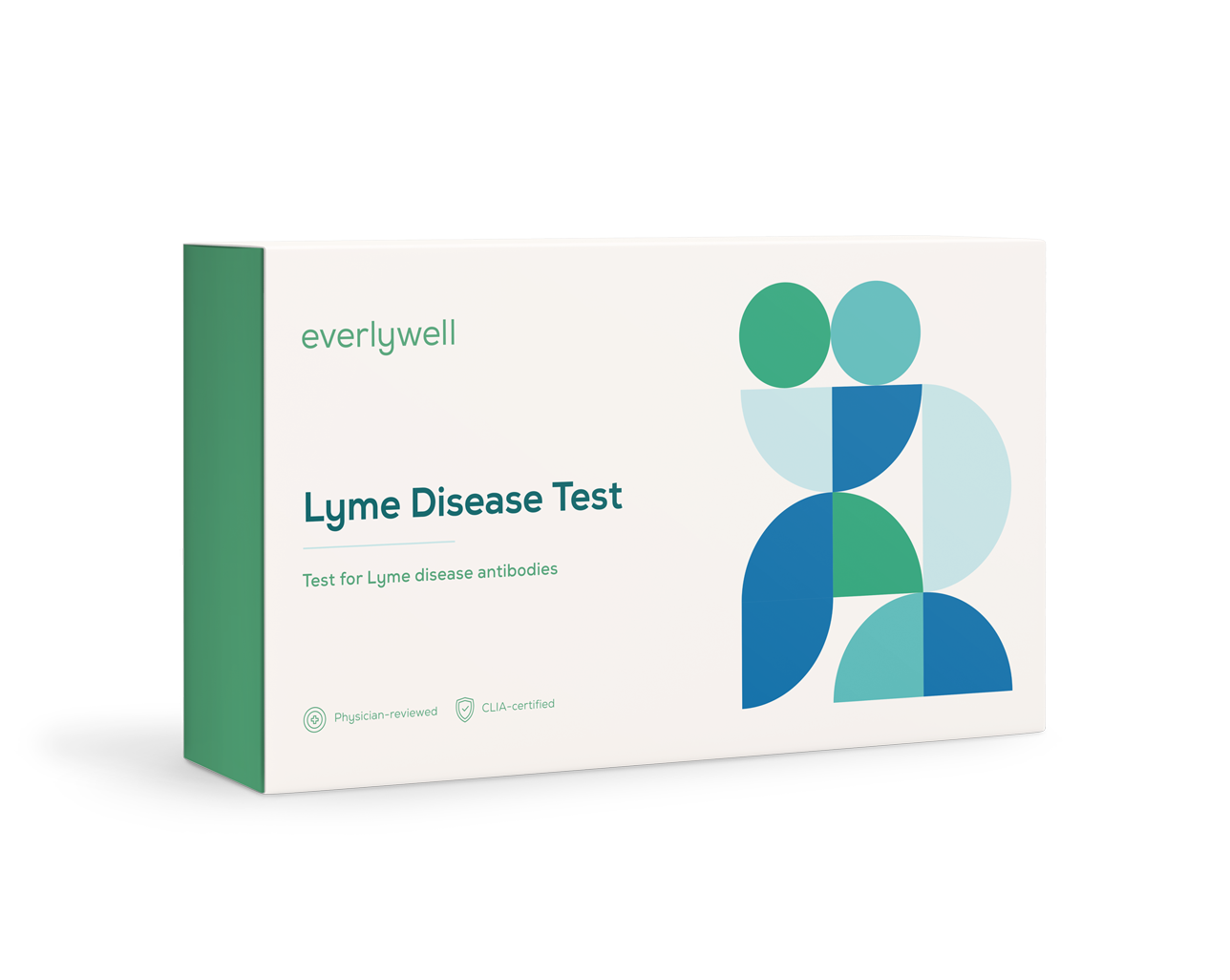Where Lyme Disease Occurs
In the United States, Lyme disease typically occurs in the Northeast, Mid-Atlantic, and North Central states. It has also been reported to occur in Northern California. The most prevalent (most common) strain causing Lyme Disease in the United States is Borrelia burgdorferi.
If you live or have traveled to a state where Lyme disease infections are endemic, this increases your risk. Lyme disease is endemic in the following states: California, Connecticut, Delaware, Maine, Maryland, Massachusetts, Minnesota, New Hampshire, New Jersey, New York, Pennsylvania, Rhode Island, Vermont, Virginia, Washington DC, West Virginia, and Wisconsin. For regulatory reasons, Everlywell is not able to offer testing in New Jersey, New York, or Rhode Island.
Lyme Disease in Europe and Asia
Lyme disease can also occur in Europe and Asia, where Borrelia garinii and Borrelia afzelii are most commonly found.
Ticks infected with a Lyme disease bacterium can be found in woodlands across the European continent from northern Turkey to northern Sweden. However, Lyme disease is considered endemic in central Europe, where the following countries have the highest tick infection rates: Austria, Czech Republic, southern Germany,
Switzerland, Slovakia, and Slovenia. In Europe, Lyme disease is primarily transmitted by the castor bean tick.
Lyme disease has been reported throughout Asia, as well, such as in Russia, Mongolia, northern China, Japan, and Korea—though infection from a Lyme disease bacterium appears to be relatively uncommon in these areas. In Asia, Lyme disease is transmitted by the taiga tick (which is also found in Eastern Europe).
How to test for Lyme disease
Wondering how to get tested for Lyme disease? The Centers for Disease Control and Prevention (CDC) suggests a two-step testing process to check for a Lyme disease infection, both of which involve antibody testing (the body makes specific Lyme disease antibodies in response to the infection), typically done on the same blood sample.
If the first step in the process returns a negative test result, then the second step is not necessary. However, if the first step yields a positive result, the second test is recommended as confirmation of a Lyme disease diagnosis. The Everlywell Lyme Disease Test follows this recommended protocol from the CDC, so it includes the two-step testing process.
How do you test for Lyme disease with an at-home test?
Here’s how to check for Lyme disease with the Everlywell test.
To take our at-home Lyme Disease Test, collect a small sample of blood with a simple finger prick. You’ll then send the sample to a lab for analysis (a prepaid shipping label is included with the kit), and you’ll be able to view your results on our secure, online platform.
Consider taking this Lyme test if:
- You have traveled to areas infested with ticks that can transmit Lyme bacteria (such as blacklegged ticks, castor bean ticks, and taiga ticks), found ticks on your body, and are now experiencing symptoms of Lyme disease.
- If you believe you have been exposed to a tick and are experiencing symptoms (such as fatigue, headaches, or a rash), taking this antibody test can help assess for Lyme disease. If you have been tested previously, but are now having new symptoms, this Lyme disease test kit can also help.


